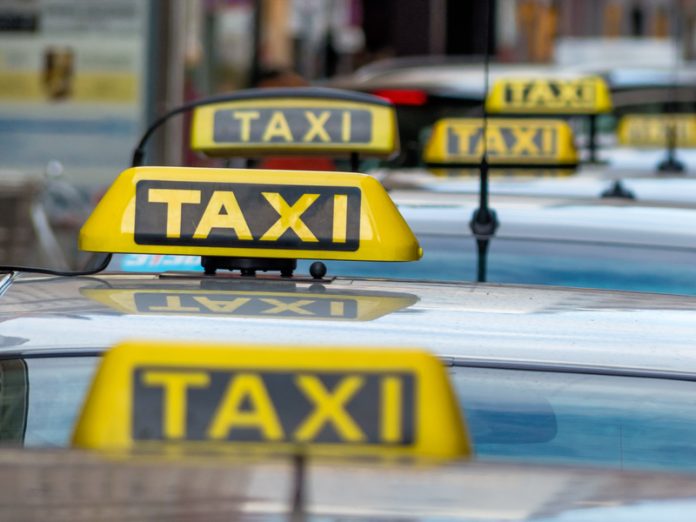Safa Alkateb, CEO of Autocab, argues that taxis are the ones flying the flag for inclusivity, and highlights what the rest of the transport industry can learn from them
In the not-too-distant future, multiple modes of transport will play a part in getting us from A to B – from buses to trams, autonomous vehicles to electric bikes. Living, working and travelling in a ‘smart’ city sounds like an exciting prospect and we’re closer to building an intelligent urban infrastructure than you might think. In the UK, for example, we took a big step forward recently when EE switched on its first live 5G trial site in London.
As technology like this is building a connected network, rather than choosing one mode of transport over another, we’ll soon be able to hop between multiple services easily. Speed and efficiency are top of the agenda. But what about inclusivity?
The brains behind these innovations need to consider how the lives of the public will be impacted by such rapid changes. One place to draw inspiration from is an industry that has long been a champion of inclusivity – the taxi sector.
Reach
From Smart Cities to autonomous vehicles, there are exciting developments happening wherever you look. But, to your average person on the street, a Smart City future can seem irrelevant – ‘I live in the countryside, will you make that Smart too?’ I can hear them asking.
Punctuality, reliability and reach – there are already many thousands of people around the country who have no choice but to travel by car because of a lack of these three things in their public transport options. Either services don’t extend to their location or, if they do run, they aren’t reliable.
Fortunately, wherever you are in the UK, 99% of the time a local taxi service will be able to take you where you need to go. City-centric Ubers do not currently fulfil this need, and developers of autonomous vehicles aren’t necessarily considering wider regions as a top priority for the future either. Independent taxi firms, on the other hand, are where the people are – which should be a vision that innovators adopt too.
Access
Location shouldn’t be a barrier and neither should a disability. Disability groups have been lobbying for better accessibility on transport for many years. How many times have you got on a train to find there was a lack of space for wheelchair users, or that there wasn’t a toilet on board? For many people this can be extremely limiting.
This is why taking public transport can be challenging and unpredictable for lots of people, and explains why many make taxis their primary source of travel.
It is unlawful to refuse a wheelchair user access to a taxi, and because the government wants everyone to receive equal treatment, other modes of transport should technically adhere to a similar rulebook. In reality, this isn’t happening right now, but it certainly needs to in a future where everything will be autonomous.
Tailored relationships
A key factor in helping us to build an integrated and smooth-running transport system is data. We will know who travels where and how, allowing us to improve the individual’s experience. But before hard data as we know it today, came knowledge through forming relationships. Taxi firms are specialists in this, having served as vital links for local communities and established relationships with customers who use their service on a regular basis.
Information from connected technologies will help to improve the quality and performance of our public services, as well as reducing energy waste and overall cost. Hopefully, pretty soon we’ll be able to wake up, check an app on our phone and instantly know the best way of getting from A to B. Our route might cross multiple modes of transport, but we’ll have a transport system we can rely on and that suits our needs. The basis for this seamless travel comes from knowing who your customer is and what they require.
Transport must consider and cater to everyone’s needs, whoever and wherever they are. Inclusivity in mobility has to get to the top of the agenda quickly. Those responsible for developing transportation solutions of the future must take all people into account when innovating.











